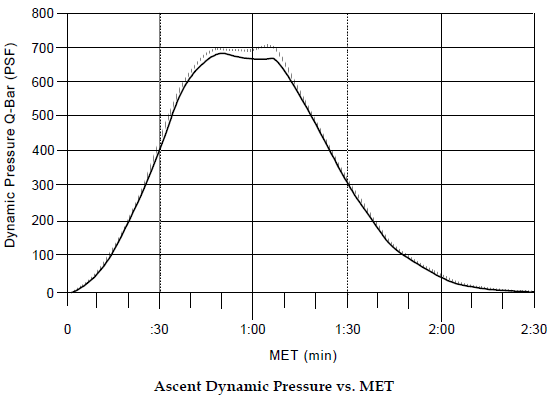Pressures, as on the external surface of the space shuttle. I want to design my own functioning space shuttle (on an extremely fundamental level with consideration of only the external structure, nowhere close to the real thing) and would like to run a wind tunnel test on it, and I wanted to know what pressures a space shuttle can withstand in order to design my own spacecraft to match and potentially exceed those values.
I appreciate any help that anybody can give me, even if it happens to be some advice, constructive criticism, or the answer to my question.



